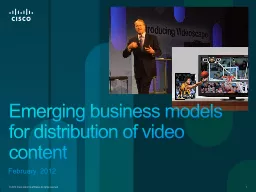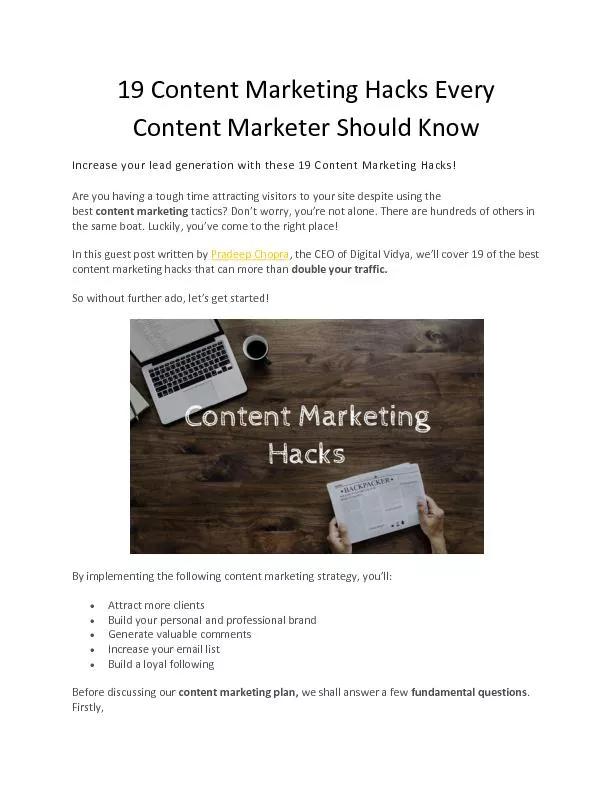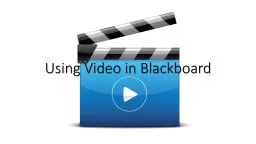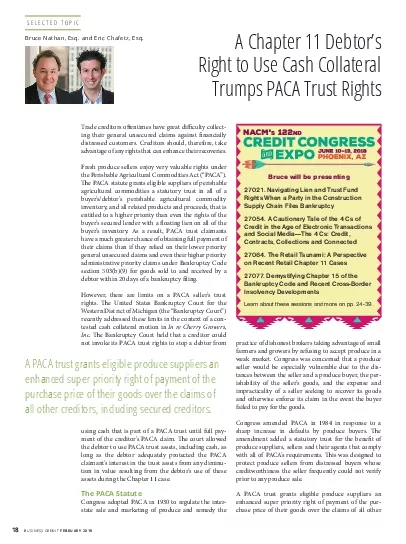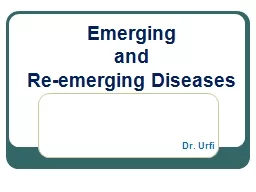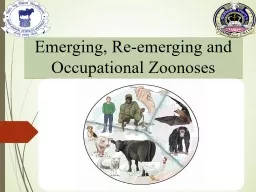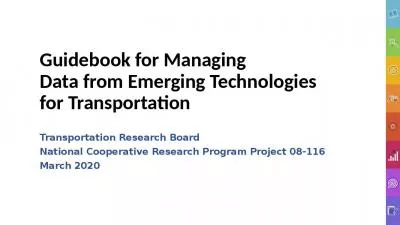PPT-February, 2012 Emerging business models for distribution of video content
Author : alone2cute | Published Date : 2020-08-26
Market Dynamics CEOver The Top Brand power Building application amp content ecosystems New Streaming subscription services Service Provider Multiscreen offering
Presentation Embed Code
Download Presentation
Download Presentation The PPT/PDF document "February, 2012 Emerging business models ..." is the property of its rightful owner. Permission is granted to download and print the materials on this website for personal, non-commercial use only, and to display it on your personal computer provided you do not modify the materials and that you retain all copyright notices contained in the materials. By downloading content from our website, you accept the terms of this agreement.
February, 2012 Emerging business models for distribution of video content: Transcript
Download Rules Of Document
"February, 2012 Emerging business models for distribution of video content"The content belongs to its owner. You may download and print it for personal use, without modification, and keep all copyright notices. By downloading, you agree to these terms.
Related Documents

